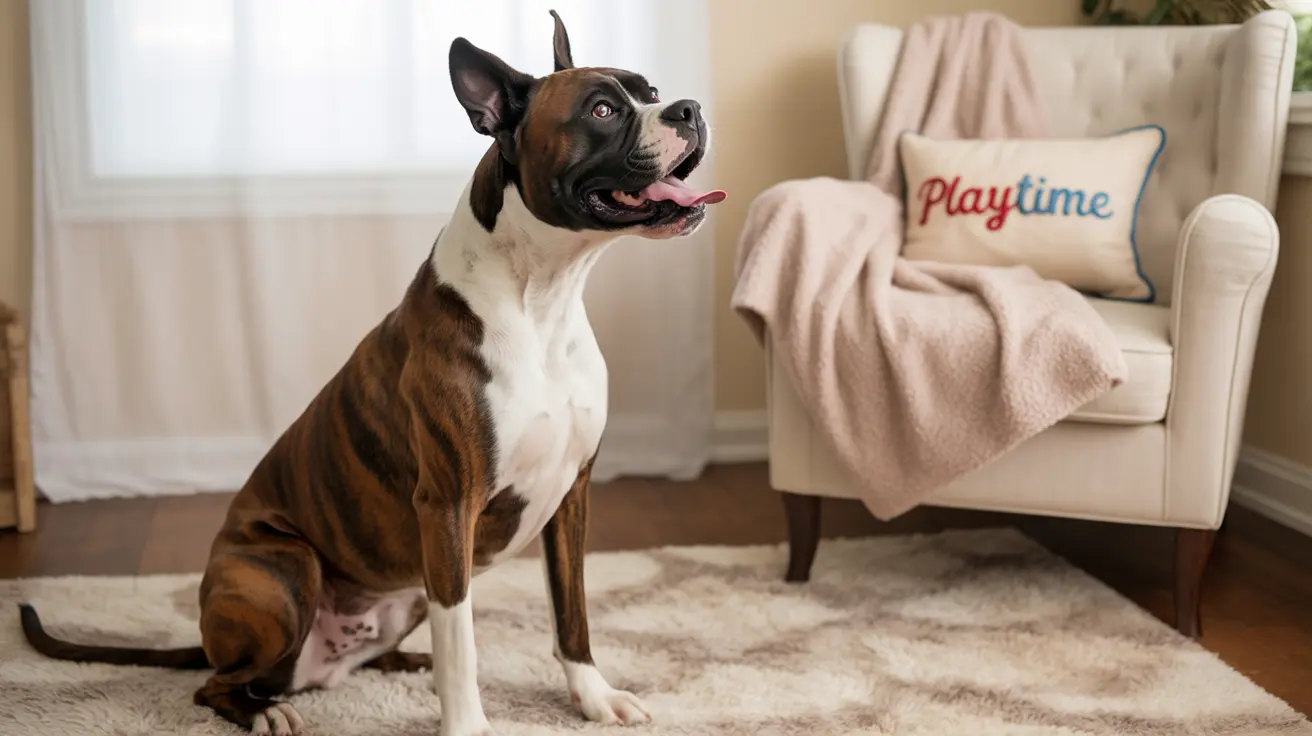Common Reasons Why Dogs Bark at Their Owners
Attention-Seeking Behavior
Dogs often bark at their owners when they want attention or something specific. This could be a request for food, playtime, or simply acknowledgment. Attention-seeking barks are typically persistent and may be accompanied by direct eye contact or following you around.
Communication of Basic Needs
Your dog might bark to signal basic needs such as:
- Needing to go outside
- Hunger or thirst
- Desire for exercise
- Request for physical affection
Understanding Different Types of Barks
Excitement and Greeting Barks
High-pitched, enthusiastic barking often indicates excitement or happiness to see you. These barks are usually accompanied by positive body language like tail wagging and jumping.
Warning or Alert Barks
Even when directed at owners, some barks serve as warnings about potential dangers or changes in the environment. These tend to be sharp, loud, and may come in quick succession.
Behavioral and Environmental Factors
Anxiety and Stress
Dogs experiencing anxiety or stress may bark at their owners more frequently. This can be triggered by changes in routine, new environments, or separation anxiety. The barking might sound more frantic or desperate than usual.
Learned Behavior
Some dogs learn that barking at their owners yields desired results. This reinforced behavior can become a habit if owners consistently respond to barking with attention or rewards, even negative attention.
Solutions for Excessive Barking
Training and Positive Reinforcement
Establish clear communication by:
- Rewarding quiet behavior
- Teaching the "quiet" command
- Maintaining consistent responses to barking
- Providing alternative ways to communicate needs
Meeting Physical and Mental Needs
Ensure your dog receives:
- Adequate daily exercise
- Mental stimulation through puzzles and games
- Regular social interaction
- Consistent feeding and potty schedules
When to Seek Professional Help
Consider consulting a professional dog trainer or veterinarian if:
- Barking becomes excessive or compulsive
- There are sudden changes in barking patterns
- The behavior is accompanied by aggression or extreme anxiety
- Basic training methods aren't effective
Frequently Asked Questions
Why does my dog bark at me when I wear hats or sunglasses?
Dogs rely heavily on facial recognition and can become confused or anxious when familiar faces are partially obscured. Items like hats and sunglasses can make you appear different to your dog, triggering alert or uncertainty barking.
How can I tell if my dog's barking is because they want attention or are feeling anxious?
Attention-seeking barks are usually accompanied by direct eye contact and persistent following, while anxiety-related barking often includes other stress signals like pacing, whining, or excessive panting. The context and your dog's body language provide important clues.
What does it mean when my dog barks with a high-pitched, repetitive sound at me?
High-pitched, repetitive barking usually indicates excitement or playfulness. This type of bark is commonly associated with positive emotions and a desire to interact or play.
Can my dog's past experiences cause them to bark at certain people, including myself?
Yes, dogs can develop associations based on past experiences that trigger barking responses. If you've changed your appearance or behavior significantly, or if your dog has had negative experiences with similar-looking people, this could cause reactive barking.
How can I stop my dog from barking excessively at me without reinforcing the behavior?
Ignore attention-seeking barks and only give attention when your dog is quiet. Establish a consistent routine, provide plenty of exercise and mental stimulation, and reward calm behavior. Consider working with a professional trainer for persistent issues.
Conclusion
Understanding why your dog barks at you is key to maintaining a healthy relationship with your pet. By recognizing different types of barks and their meanings, addressing underlying needs, and implementing appropriate training techniques, you can better communicate with your dog and reduce problematic barking behaviors.






